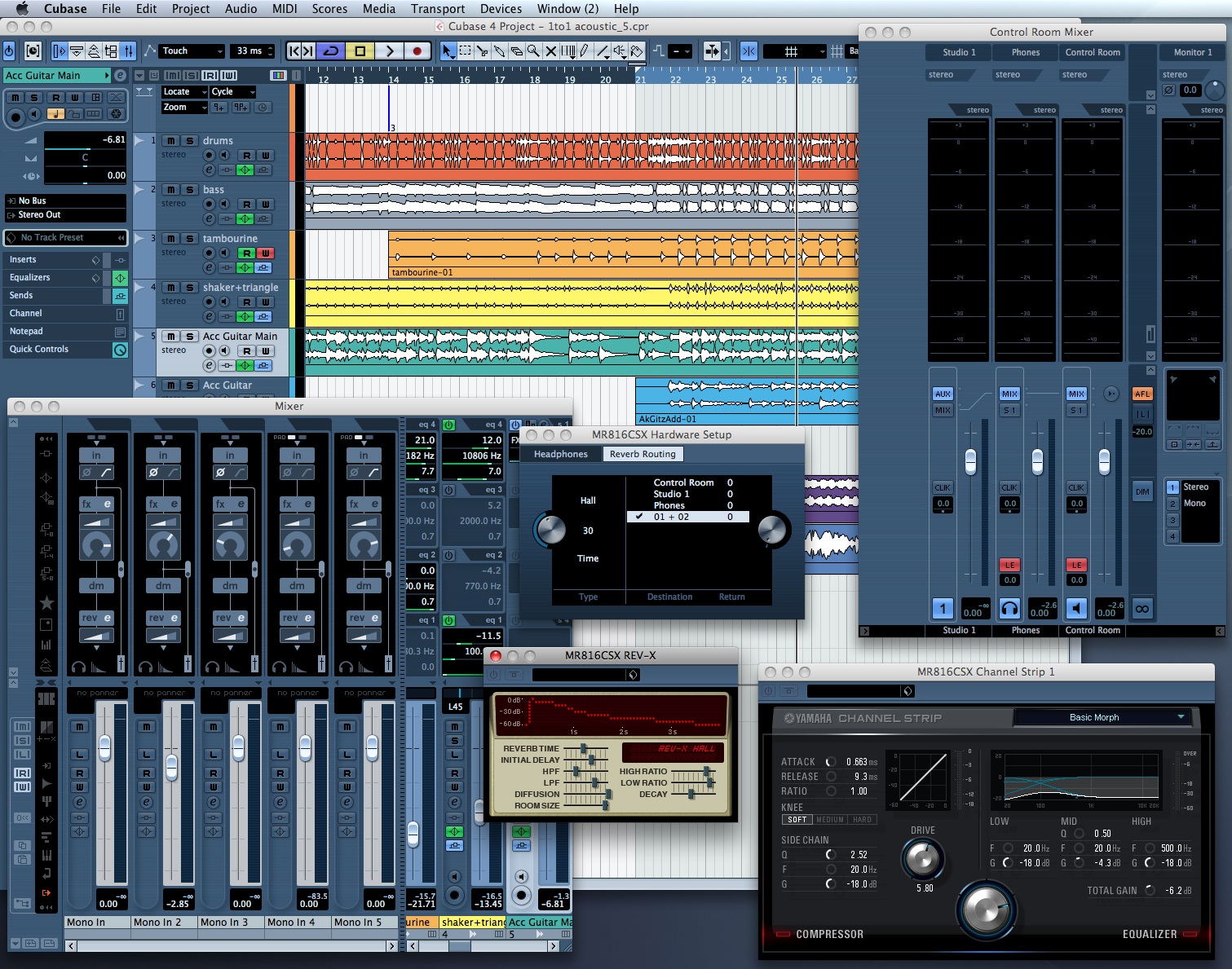
- #Cubase 8 pro tutorial how to#
- #Cubase 8 pro tutorial drivers#
- #Cubase 8 pro tutorial driver#
Set parameters like Local control to off from the utility function, also set function to USB (pressing Quick set up will do all the settings for you and the remote tools you installed will also do the settings at the Cubase/DAW end. #Cubase 8 pro tutorial drivers#
Connect the USB cable to your computer and your mox after downloading and installing the drivers and the editor. 
#Cubase 8 pro tutorial driver#
Things to get handy: A USB to Midi cable, download the Steinberg USB Driver (you may not use this ultimately but i will explain later), download moxf editor, and the remote tools too. Someone needs to decongest and translate this process through very simple steps and that’s what am doing below: FIRST METHOD OF CONNECTING THE MOXF TO YOUR DAW The Moxf8 editor manual, and the user manual appear to be very complex for the amateur in some way. Another guy who posted on this forum has had it for 4 years and never got it to work with Cubase. I’ve owned the MOXF8 since October, 2017 (I bought it in Sheffield, UK while visiting), but never got it to work with cubase. All of this and more will be looked at in this Cubase Pro 10 Essential Training: the Basics course to get you comfortable with the program immediately.I decided to post this because from my drilling through the topics here, I’m of the opinion this is a serious issue with most users of the Moxf8. Important aspects, such as playback and transport options, preference setting, using markers, tempo and time signature, and how the metronome works to keep our performances in time are assessed too. A section covering essential MIDI operation is looked at too as well as recording new audio and MIDI directly into our projects, including an explanation of parts and events. Related to using samples, we investigate how the audio pool works. Further information is provided in terms of the MediaBay and using samples. We'll include VSTi's in our projects and how rack and track instruments offer this. The main toolbar and ubiquitous inspector is assessed too. The user interface is comprehensively looked at in terms of how it's broken down into zones that provide specific functionality. We'll look at using the Steinberg hub to create first projects and to use and create project templates for quick setup. #Cubase 8 pro tutorial how to#
Now during this course, some of the things that we'll look at include how to connect Cubase in other words, how the program gets installed and how the eLicenser is updated. In the follow-up courses, we'll get into the details more. By the essentials nature of this course, you will be shown how to do things and given the confidence to develop your own working projects. That said, this course doesn't walk you through step-by-step the start to finish process of creating a course from scratch to completion.

You will have downloadable access to one of the Cubase projects that features during this course, so that you have a working project to practice the techniques shown here. And even though the Cubase user interface has developed a fair amount since version 8, The Cubase Pro 8 course is still worth looking at if you want to accelerate your learning. That said, I think it's worth pointing out there are other earlier version Cubase courses available here that take you deeper into the program.

The title of this course indicates what to expect, in that you will be shown many essential techniques designed for complete beginners to Cubase. Hello and welcome to this course on Cubase Pro 10 Essential Training: the Basics.







 0 kommentar(er)
0 kommentar(er)
